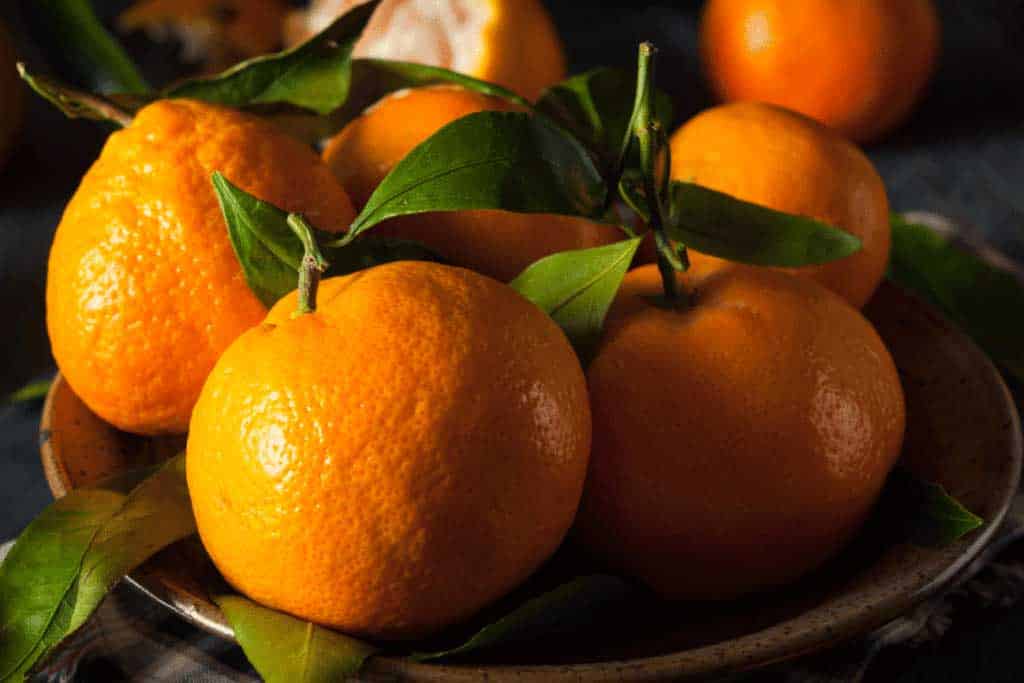Westlake Weekly Update 1. 5. 22
Featured Item: California Navels
Navels have a little hidden secret inside every piece of fruit, and you may not believe it! Navel oranges get their cool little belly button from their twin. That’s right, the small navel on every orange is actually an underdeveloped “twin” fruit. It is like an episode of The Twilight Zone, where a twin is secretly hiding somewhere on its sibling’s body!
This extra navel, or more accurately “bonus baby orange,” is a result of a genetic mutation. Since navels are naturally seedless, they’re cultivated via grafting. A flowering bud is attached to another tree. This means that ALL navel orange trees are considered genetic clones of the original navel orange tree discovered in Brazil in 1820. Pretty wild and extremely cool!
Navel oranges were first discovered in a monastery in Bahia, Brazil. The tree produced a small crop of very sweet fruit. Since they had no seeds, the monks used an ancient grafting technique, and soon farmers were propagating the tree. A dozen or so seedlings were sent to the US Department of Agriculture in 1870. About five years later, Eliza Tibbets planted one of these seedlings in her yard in Riverside, California. How she came about getting this seeding is a mystery, but we sure are glad she did! So we can thank her for planting that first navel orange tree in the US, which led to the other varieties such as Cara Caras and Blood oranges.
Cara Caras was first discovered in 1976 in Venezuela. It results from a cross mutation of an original navel orange and a Brazilian Bahia navel orange. However, they didn’t make it to the US until the 1980s, and they were only sold in select specialty markets. It wasn’t until the last ten years or so that we started seeing more and more of them in the large chain stores..and with good reason!
A Cara Cara is truly just as beautiful on the inside as the outside. They have the same round shape as an original navel and the same bright color, but what really sets them apart is on the inside. They have that distinctive ruby red color, similar to a grapefruit but with a sweet berry flavor. Compared to navels, Cara Cara’s are sweeter and less acidic. Top that off with even more vitamin C than a traditional navel, and you’ve got a real winner! They are also quite the trending fruit on social media.
Another show stopper is the Blood orange. Despite their gruesome name, they are a sweet and lovely piece of citrus. Blood oranges originated in Sicily and were reserved for royalty in the 9th and 10th centuries because of their rich color and flavor. They finally made their way to US markets in 1908 by Frank Meyer.
Blood oranges are similar to a navel from the outside but sometimes has streaks or marking of red coloring on their skin. Break it open, and you’ll find an exquisite deep red-colored fruit and juice. The red color is the result of anthocyanin. Anthocyanin is the pigment that gives the red color to blood oranges. It develops when the oranges ripen in warmer daytime temperatures and cooler nights, a Mediterranean climate, so to speak. The color first starts to appear along the edges of the peel and then follows the edges of the segment before coloring the flesh. When and where they grew determines whether blood oranges are lined, streaked with red, or fully blood-colored.
Blood oranges, Cara Caras, and of course, Washington navels grow perfectly in our California climate, as is proven by Eliza Tibbet. In fact, one of the original California navel trees is still standing today in Riverside, California. It is on the corner of Magnolia and Arlington avenues and is a living tribute to one of US history’s most significant agricultural finds. If you’re ever in the area, you should definitely stop by and check it out. Before you get any ideas of stealing a piece of fruit, think again, an iron fence protects it. Besides, I’m pretty sure you know where to get some navels without stealing (ahem…Westlake).

